Ever noticed how your cat seems to know exactly when you need comfort, even before you realize it yourself? That quiet moment when you’re fighting back tears and suddenly find yourself with a furry companion purring softly beside you might not be mere coincidence. Recent scientific research reveals that cats possess extraordinary abilities to detect human emotional changes with remarkable precision. These feline companions may be emotional sensors far more sophisticated than we ever imagined.
The relationship between cats and their humans runs deeper than simple companionship. Through centuries of evolution alongside people, cats have developed an intricate understanding of human behavior and emotional states. Their heightened senses and keen observational skills make them living barometers for the emotional climate of their homes. So let’s dive into the fascinating ways these remarkable creatures tune into our feelings before we even know what’s happening ourselves.
Scent Detection: Reading Your Chemical Signals

Your cat’s nose is a chemical detective that can sense emotional changes through scent molecules you don’t even know you’re releasing. Researchers have conducted experiments using odor samples from humans exposed to different emotional states like fear, happiness, physical stress, and neutral conditions. Studies found that “fear” odors elicited higher stress levels in cats than “physical stress” and “neutral,” suggesting that cats perceived the valence of the information conveyed by “fear” olfactory signals and regulate their behavior accordingly.
The science behind this remarkable ability lies in cats’ superior olfactory system. When humans experience emotional distress, our bodies release different chemical compounds through sweat and breath. Cats are sensible to human emotional odours and regulate their behaviour accordingly. Think of it like an invisible emotional broadcast that only your cat can tune into.
Body Language Analysis: Micro-Expression Masters
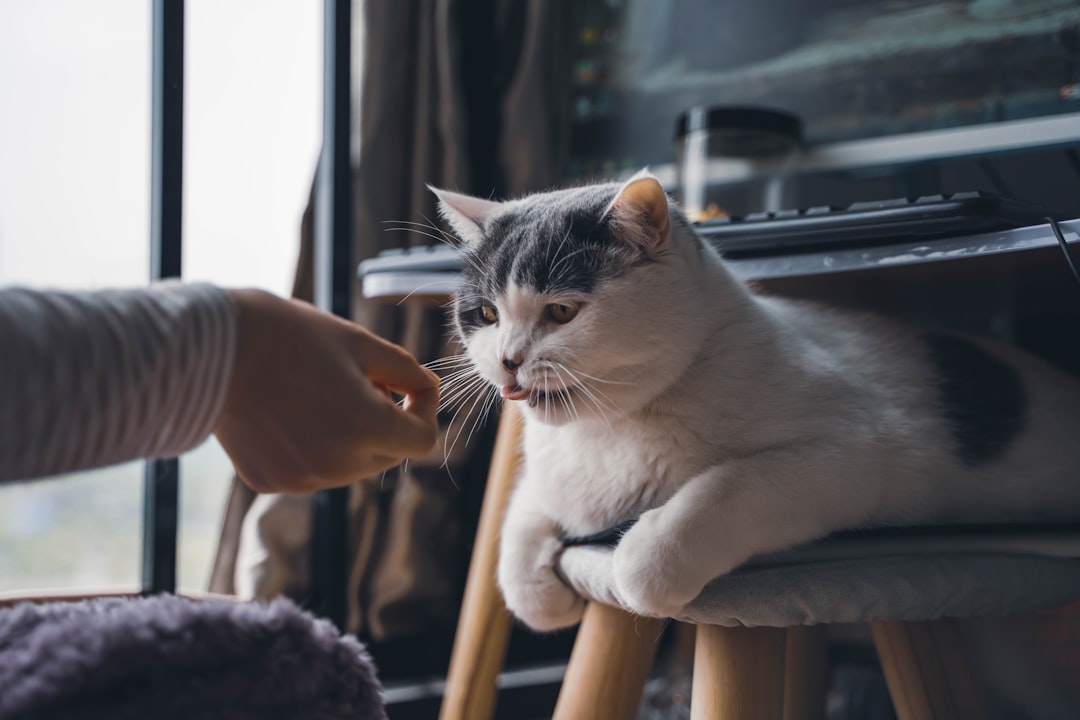
Cats are very sensitive to subtle changes in their environment and frequently pick up on our body language, vocal cues, and even facial expressions. While fellow humans may miss out on cues like tense muscles, shaky limbs, increased breathing patterns, increased heart rate, and a drop in temperature, the ever-observing felines can detect these micro-gestures. Your cat notices when your shoulders tighten from stress before you even register the tension yourself.
Cats excel at reading the human form like a detailed manual. They observe posture changes, facial muscle shifts, and even the way you walk across a room. When humans experience emotional distress, they often exhibit physical changes and signs of sadness, such as crying, appearing withdrawn, or a general loss of interest, and cats are observant creatures that can pick up on these changes in body postures.
Voice Recognition: Tuning Into Emotional Tones

An Italian study demonstrated that cats could distinguish between the sounds of happiness and anger in humans and other cats, with cats responding by looking longer at the face that matched the emotion of the sound played. Your voice carries emotional information that cats decode with remarkable precision. The pitch, rhythm, and intensity of your speech patterns reveal far more to your feline companion than the actual words you’re saying.
A study titled “Emotion Recognition in Cats” found that cats were more likely to approach their human when they used a calm and gentle voice versus an angry or neutral one, suggesting that not only can they sense our emotions, but they can even respond to whether or not we want to interact with them. This vocal sensitivity means your cat often knows you’re upset by your tone before you finish speaking.
Heart Rate and Breathing Monitoring
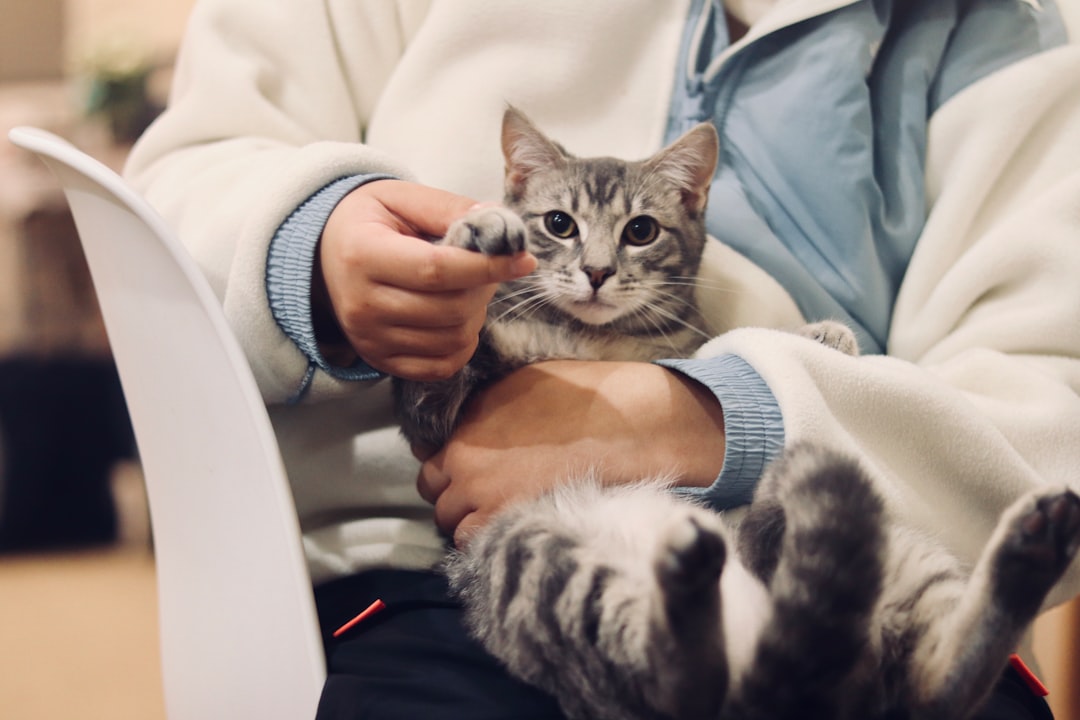
Cats are sensitive to changes in physiological parameters, such as heart rate, breathing cues and blood pressure, which can all be symptoms of depression, stress, and anxiety, and they are highly attuned to our schedules, with even small alterations to our daily routine noted by these clever furry friends. Your cat can detect the subtle changes in your cardiovascular system that occur during emotional shifts. When anxiety kicks in, your breathing becomes shallower and your heart rate increases.
Imagine your cat as a living stethoscope, picking up on these physiological changes through proximity and their acute hearing. They can sense the quickening pulse when you’re nervous about a presentation or the irregular breathing patterns that accompany sadness. This biological monitoring system allows them to respond to your emotional state before you’ve even processed what you’re feeling.
Environmental Energy Shifts: Sensing Atmospheric Changes

Cats possess the superpower to sense energy shifts in rooms and humans, including dangerous people and those who dislike cats or animals, and although cats don’t sense bad people per se, they feel people’s energy and judge their actions and behavior, developing fight or flight reflexes for protection if they feel unsafe around someone. Your emotional state creates an energetic atmosphere that permeates your living space, and cats are incredibly sensitive to these invisible changes.
Think of emotional energy like temperature fluctuations that only cats can feel. When you’re stressed, the entire room seems to carry that tension, and your cat picks up on this shift immediately. They might start pacing, hiding, or positioning themselves strategically to either comfort you or protect themselves from the negative energy.
Routine Disruption Detection: Pattern Recognition Experts
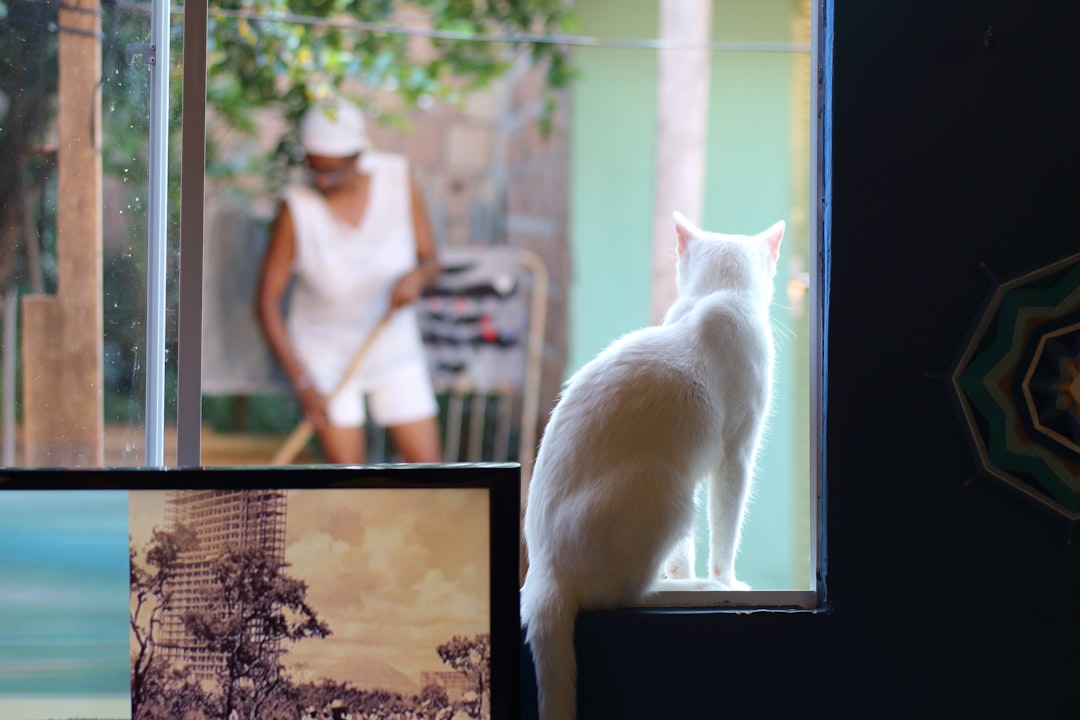
Cats are creatures of habit who memorize every detail of your daily routine with remarkable precision. Your cat may come and sit with you when you are sad, run off and hide away when you are angry, or follow you around if she senses something is wrong. When emotions disrupt your normal patterns, whether you’re sleeping longer due to depression or pacing due to anxiety, your cat notices immediately.
Your feline companion creates a mental map of your typical behavior, from when you wake up to how you move through your home. Any deviation from this established pattern signals that something has changed emotionally. They’re like living security systems, constantly monitoring for alterations in the normal flow of household life.
Emotional Mirroring: Becoming Your Mood Twin
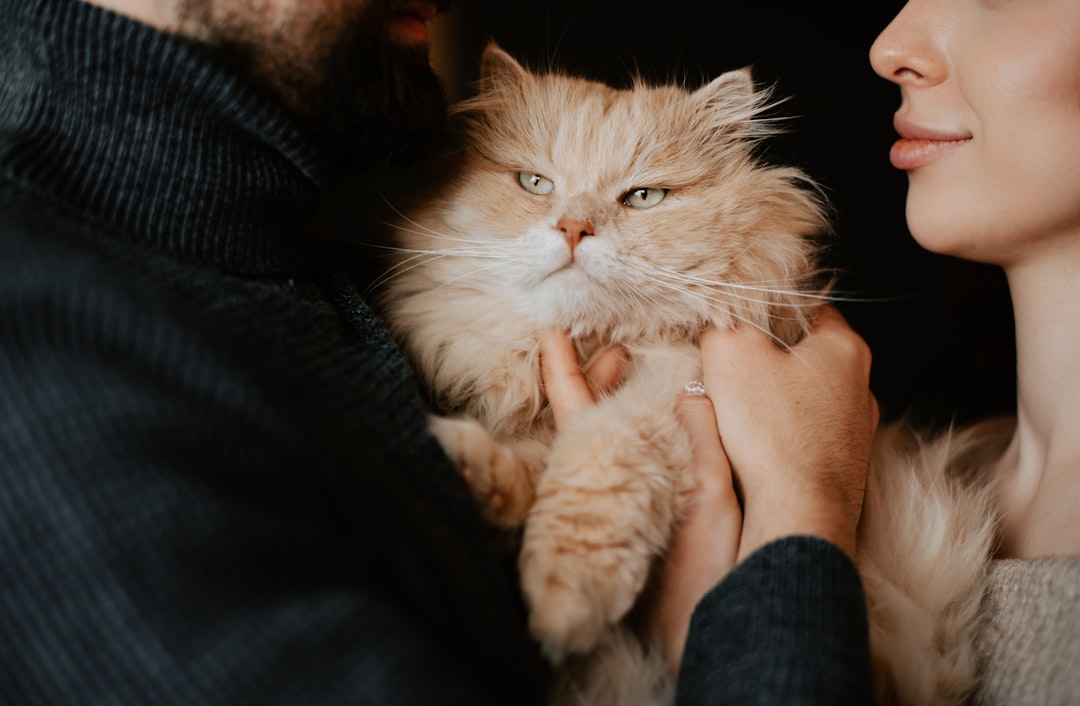
When you feel joyful and energetic, your cat often mirrors that liveliness with playful antics, and conversely, during moments of sadness or stress, many cats respond by mirroring the same emotions. Cats are incredibly attuned to human behavior and emotion, and if you’re feeling stressed about an upcoming deadline at work or angry with a friend or partner, your cat may even mirror those same feelings back to you, with your negative emotions potentially causing them to be more anxious and aloof or even leading to medical issues.
Research has revealed that cats can develop personality traits similar to their owners through prolonged interaction and behavioral mirroring, showcasing their remarkable social plasticity and ability to form deep emotional connections. This emotional synchronization means your cat often feels what you feel, sometimes even more intensely than you do.
Social Referencing: Following Your Emotional Lead
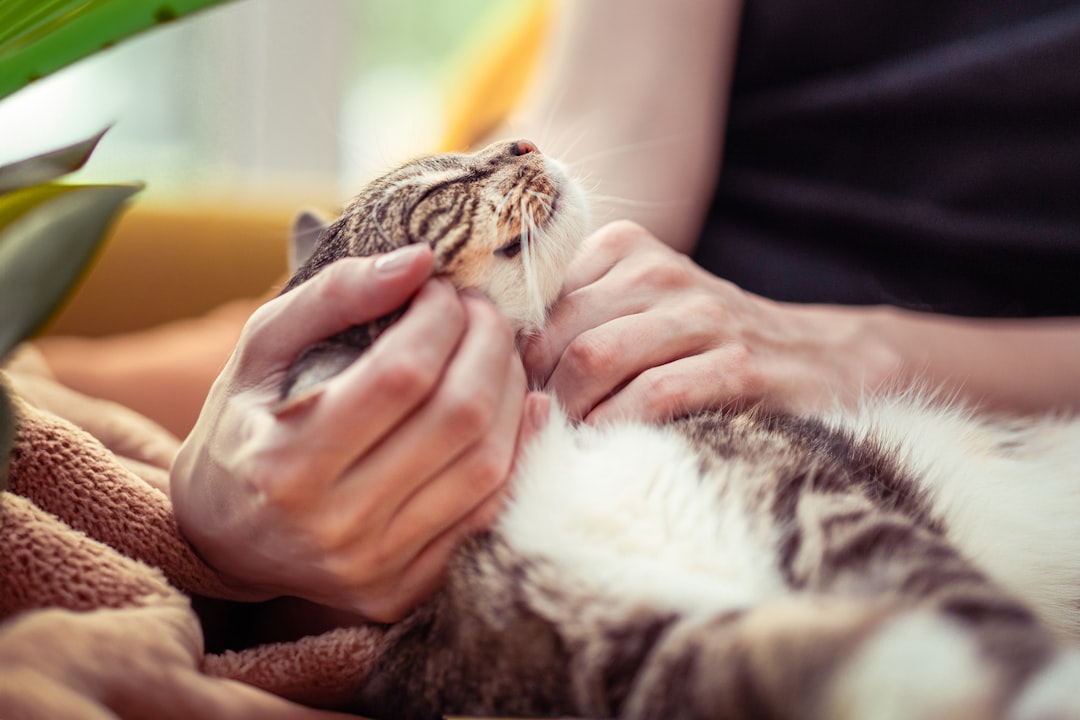
Research has shown that cats often look to their owners for guidance and adjusted their behavior based on the emotional cues they received from the human faces, suggesting that cats are not only sensitive to their owner’s emotions but can also use them to make decisions and adjust their behavior accordingly. Your cat uses your emotional reactions as a guide for how to respond to new situations or unfamiliar objects.
This social referencing behavior demonstrates that cats don’t just sense emotions passively. They actively use your emotional state as information to navigate their world. If you’re calm about a new visitor, your cat is more likely to be welcoming. If you show fear or anxiety, they’ll mirror that response and potentially become defensive or hide.
Cross-Modal Integration: Combining Multiple Sensory Inputs
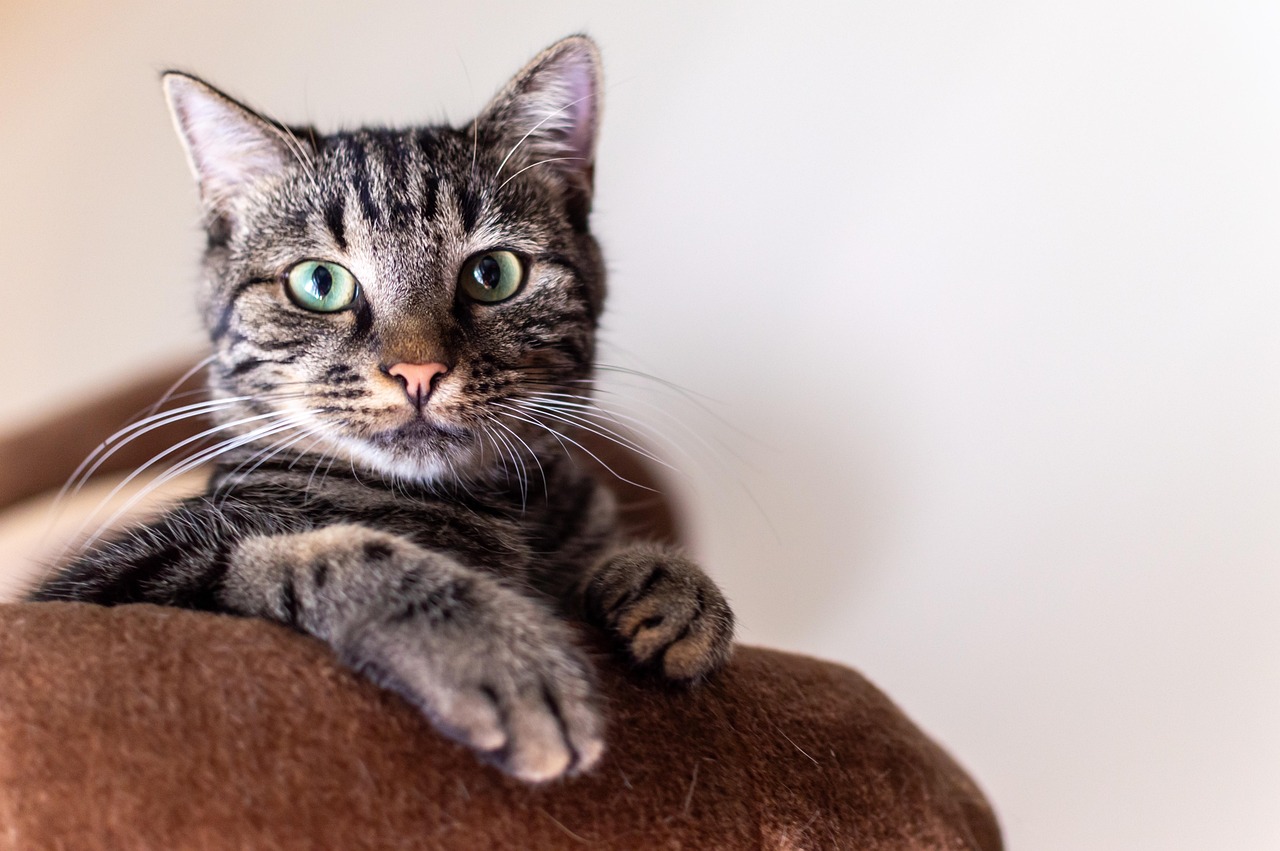
Research demonstrates that cats integrate visual and auditory signals to recognize human and conspecific emotions and they appear to modulate their behavior according to the valence of the emotion perceived. This emotional resonance happens because cats integrate visual and auditory cues from humans to recognize emotions, with studies showing cats not only mirror moods but may also adopt personality traits influenced by the emotional climate of their household.
Your cat doesn’t rely on just one sense to read your emotions. They combine what they see in your facial expressions, hear in your voice, smell in your scent, and observe in your body language to create a complete emotional picture. This multi-sensory approach makes their emotional detection incredibly accurate and comprehensive.
Behavioral Response Patterns: Predictive Comfort Seeking
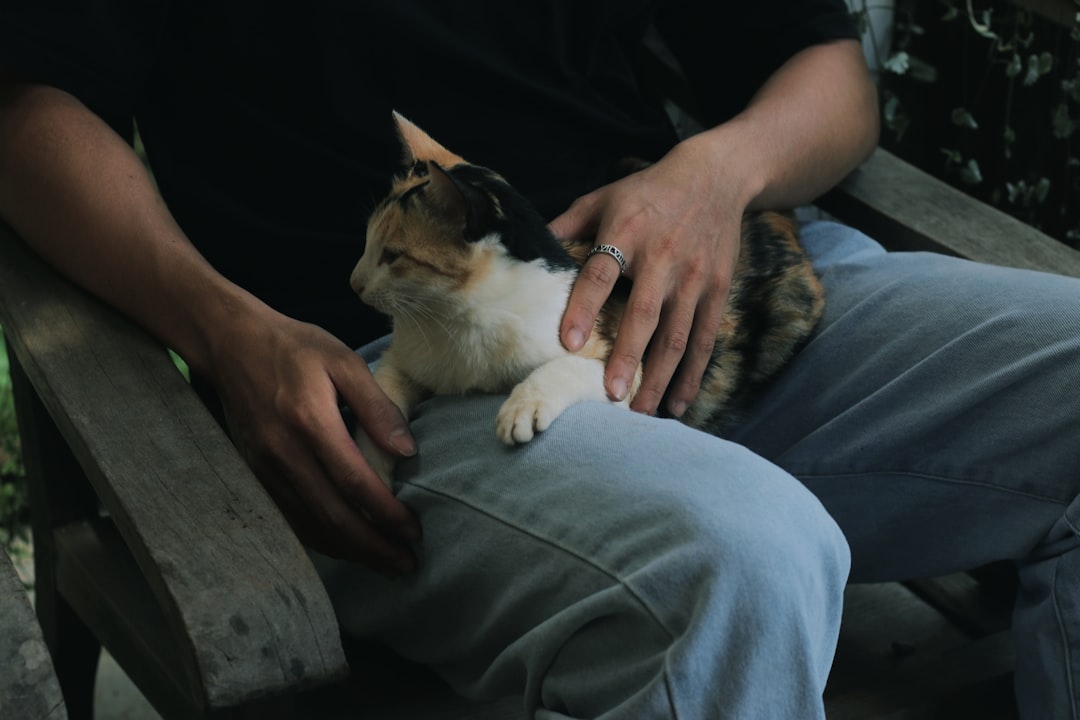
Cats looked longer at owners’ faces after being exposed to a fearful tone of voice, were more likely to seek out comfort or engage in soothing behaviors when their owners were distressed, and some cats mirrored the emotional behavior of their caretakers, such as becoming quiet when their humans were sad. Your cat doesn’t just sense your emotions; they develop specific behavioral responses designed to provide comfort or cope with the emotional atmosphere.
Some cats may comfort their owner by showing more affection or just being present with them, providing love and company, rubbing themselves against you and marking you with their scent through facial pheromones, which may appear as the cat being more clingy or needy or just getting in your way more than usual. These aren’t random behaviors but calculated responses to your emotional needs.
Conclusion: Your Feline Emotional Guardian
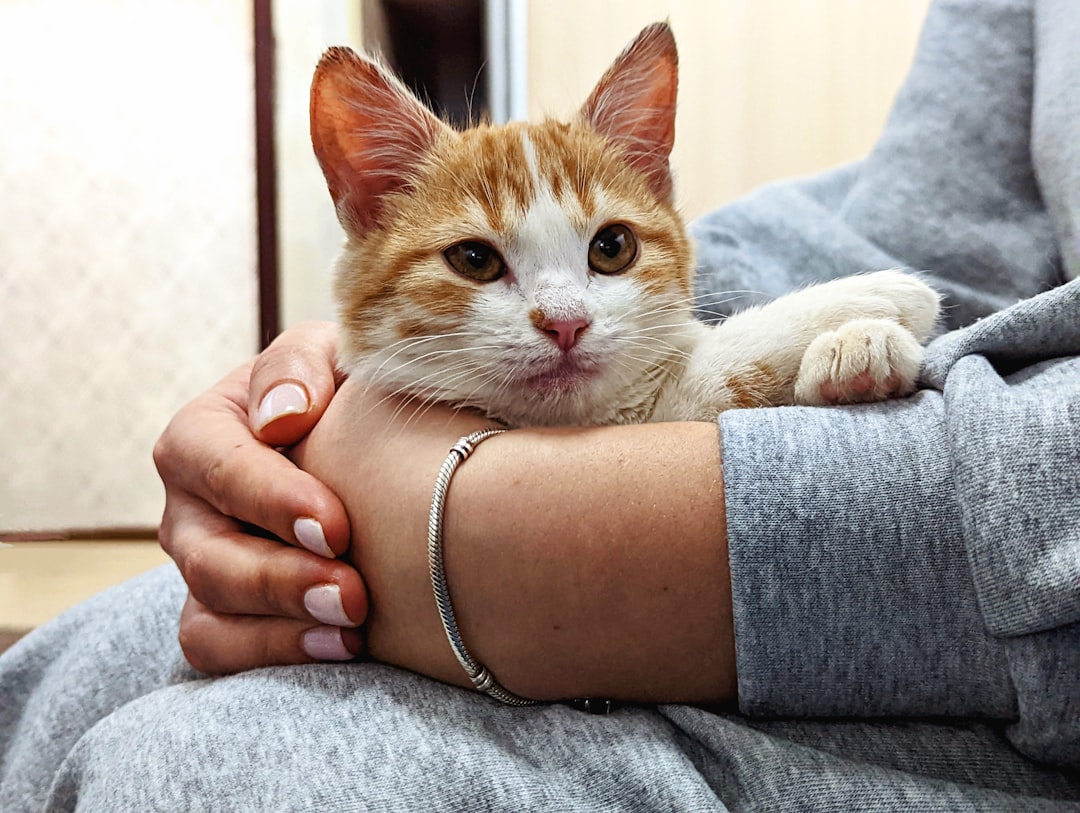
The extraordinary emotional sensing abilities of cats reveal just how deeply intertwined our lives have become with these remarkable creatures. While cats may not express their attachment in the same overt ways as dogs, they are clearly tuned into the emotional states of their humans, not only recognizing human emotions but responding to them in ways that reflect their own emotional states. Through scent detection, body language analysis, vocal recognition, and sophisticated behavioral responses, cats serve as living emotional barometers in our homes.
Understanding these abilities helps us appreciate the profound connection we share with our feline companions and reminds us to be mindful of our own emotional states for their wellbeing too. Your cat’s emotional intelligence might just be teaching you to be more aware of your own feelings. What do you think about your cat’s mysterious ability to sense your emotions? Tell us in the comments.





